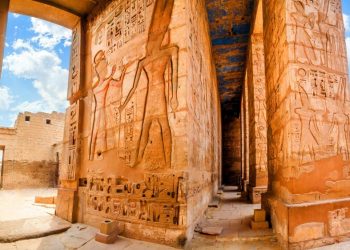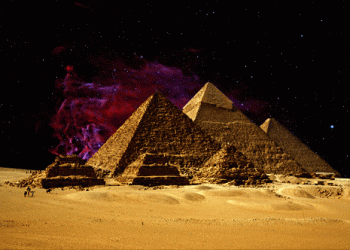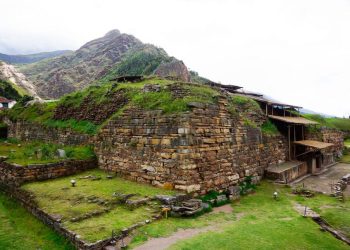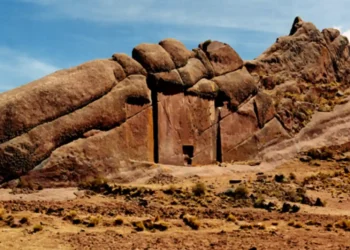The Casas Grandes complex is one of the most unique archaeological sites in North America, built by a civilization that connected ancient Mexico with the Pueblo cultures of the American Southwest. Known also as Paquimé, this pre-Hispanic city challenges everything we thought we knew about cultural exchange and urban planning in the northern desert.
A pre-Hispanic city unlike anything else in ancient Mexico
In the arid landscape of northern Mexico’s Chihuahua region lies the Casas Grandes complex, a city that defies categorization. Unlike the great ceremonial centers of the Maya or Mexica, this settlement—also known as Paquimé—was built by a culture that came not from the south, but from the north. The complex covers roughly 36 hectares, yet only about 20 percent has been excavated by archaeologists, leaving much of its story still buried beneath the desert.
While cities to the south flourished with stone pyramids, vast plazas, and monumental temples, the Casas Grandes complex developed a very different approach to architecture and urban planning. It featured multi-story adobe buildings, intricate water channels, and ceremonial spaces built from earth rather than stone—an adaptation to its harsh desert environment and a reflection of its unique cultural roots.
Northern origins and a cultural shift
The origins of the Casas Grandes complex can be traced to the Puebloan cultures of the southwestern United States. Around the 8th century CE, a group identified with the Mogollón tradition, from what is now New Mexico, established an early settlement at the site. These early inhabitants built semi-subterranean houses, using techniques suited to the region’s arid conditions.
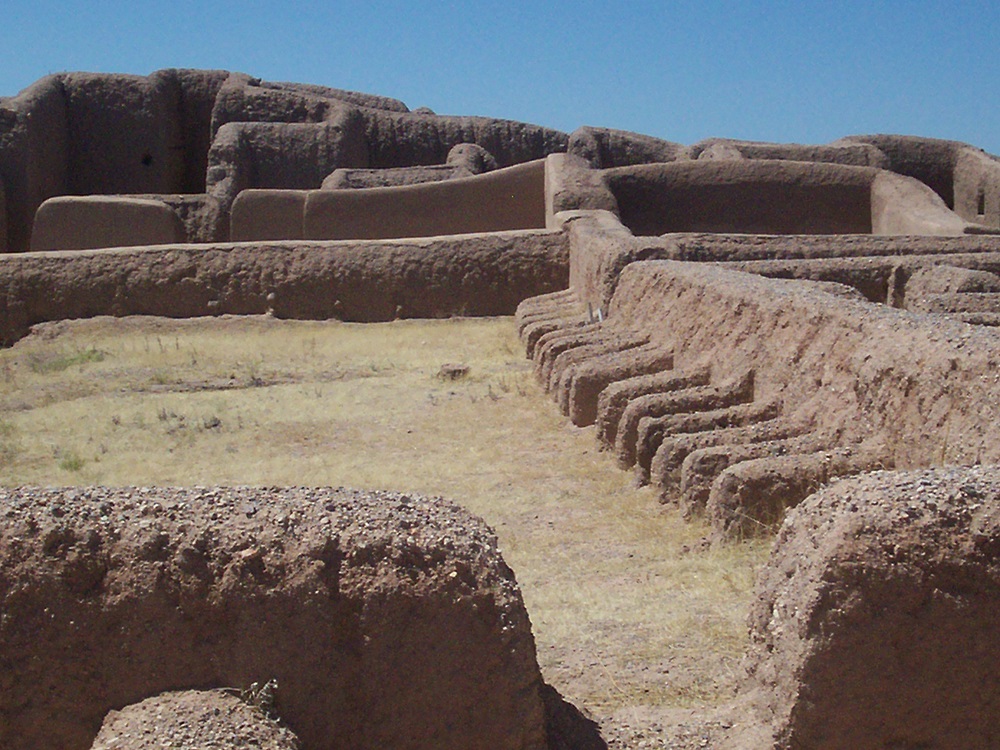
By the 12th century, however, the site underwent a dramatic transformation. The underground dwellings were replaced with surface-level adobe structures arranged in complex patterns. These included ceremonial mounds, plazas, and residential compounds—all connected by a sophisticated water distribution system. This architectural shift suggests a significant cultural evolution and a growing population.
Among the most striking features of the Casas Grandes complex are the specialized enclosures used to house exotic animals, such as scarlet macaws and turtles. Archaeologists have also found copper tools, shell ornaments, and evidence of long-distance trade routes that extended across what is now the U.S.–Mexico border. These findings point to Paquimé’s role as a major commercial hub and cultural bridge.
A lost center of trade and innovation
At its height during the 14th and early 15th centuries, the Casas Grandes complex may have supported as many as 10,000 inhabitants—making it one of the largest cities in the region at the time. Its influence stretched across northern Mexico and the American Southwest, with goods and cultural practices moving in both directions.
Despite the far-reaching effects of Spanish colonization after the fall of Tenochtitlan in 1521, the Casas Grandes complex remained largely outside the sphere of direct European influence. Its decline came gradually, with the population diminishing by the late 17th century. By then, its monumental adobe structures had been abandoned, and the desert began reclaiming the land.
Today, the site is recognized as a key link in the cultural history of North America. It provides rare insight into the fusion of Mesoamerican and Puebloan traditions and demonstrates how ancient societies adapted to extreme environments while maintaining complex economies and belief systems.
The Casas Grandes complex stands as one of the most important archaeological discoveries on the continent—not because it resembles other pre-Hispanic cities, but precisely because it doesn’t. It represents an alternative path of civilization that flourished in the margins, connected distant regions, and left behind a legacy still being uncovered.






